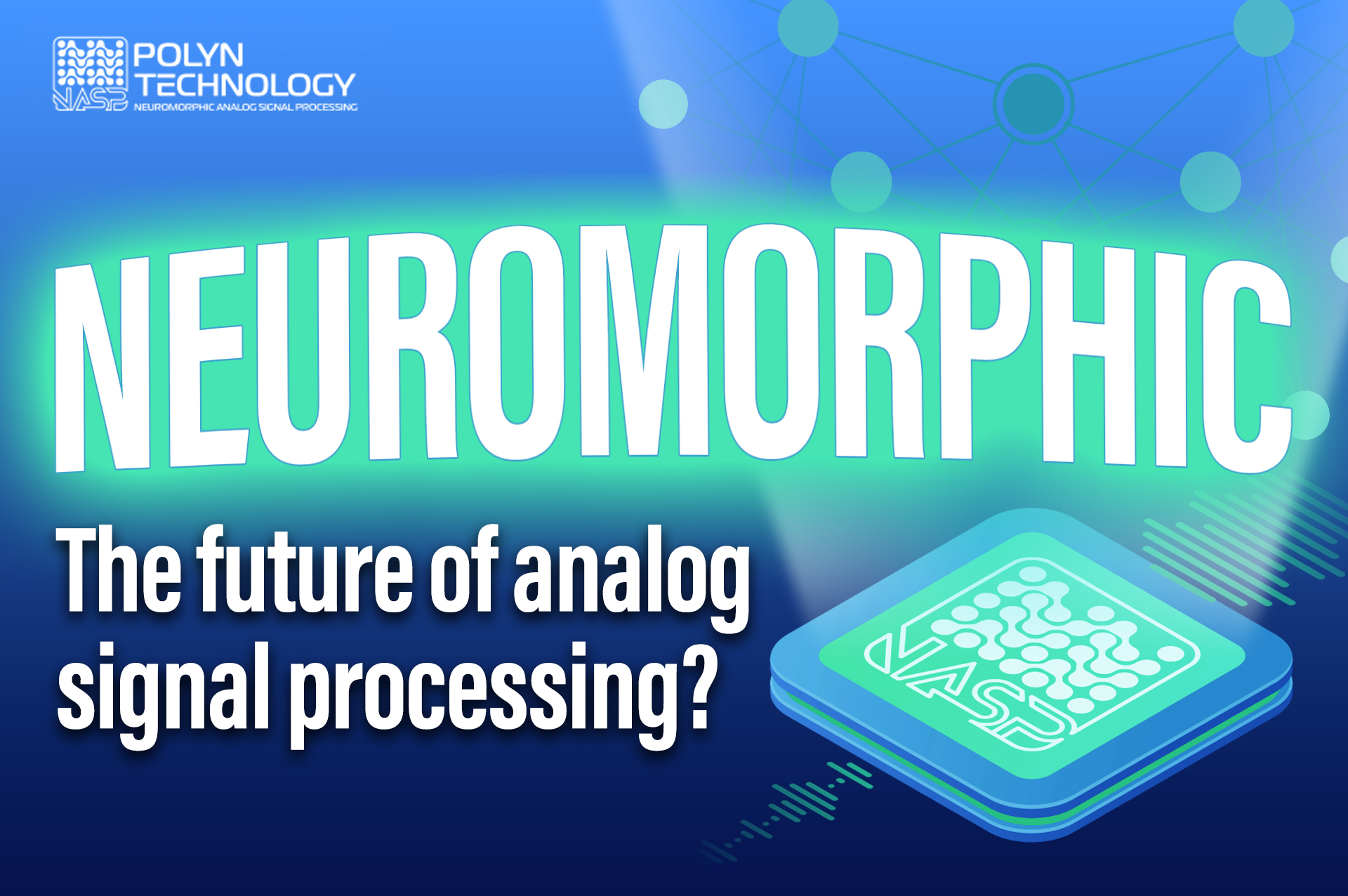At Computex 2025, the spotlight turned to Polyn and their Neuromorphic Analog Signal Processing (NASP) chip, designed to revolutionise voice and sensor signal handling with ultra-low power and ultra-low latency.
What Makes It Neuromorphic?
The chip is a hardware instantiation of a neural network—built with silicon neurons wired physically rather than digitally. This architecture mimics brain-style parallel processing, enabling real-world sensor data, which is noisy and unpredictable, to be handled more efficiently than traditional digital DSP approaches.
Why Analog Over Digital?
Conventional voice processing uses ADCs followed by DSPs or microcontrollers, which demand high clock speeds for low latency and so consume significant power. Polyn’s analog-first approach operates directly on sensor data, bypassing ADCs altogether. The result: microseconds latency and microwatt-level power usage—achieving no trade-off between speed and efficiency.
On-board Integration & Ease of Use
The NASP chip connects to a microphone input and uses an on-chip neural compiler to detect voice commands or perform denoising. Output is delivered via SPI as digital command IDs, easily integrating into standard MCU-based systems. Polyn also provides a digital twin tool, an SDK, and a developer compiler, enabling engineers to compile neural models and flexibly update voice commands during deployment.
Applications & Ecosystem
This neuromorphic chip is well suited for:
- Always-on voice assistants and smart controls
- Low-power hearing aids and wearables
- Vibration sensing in industrial diagnostics
- Biosignal processing (PPG, ECG)
- Edge sensor fusion in IoT and smart devices
Engineers can now design always-listening systems without draining battery or compromising latency.
Final Word for Engineers
If you’re building battery-powered voice or sensor systems—especially wearables or always-on IoT devices—this is a pivotal new tool in your toolkit. Polyn’s NASP chip enables analog-level efficiency and accuracy while integrating seamlessly into digital ecosystems. Pre-processing noise from sensors with AI-like parallelism—without any power penalty—is a rare and valuable capability.
Comments are closed.

Comments
No comments yet